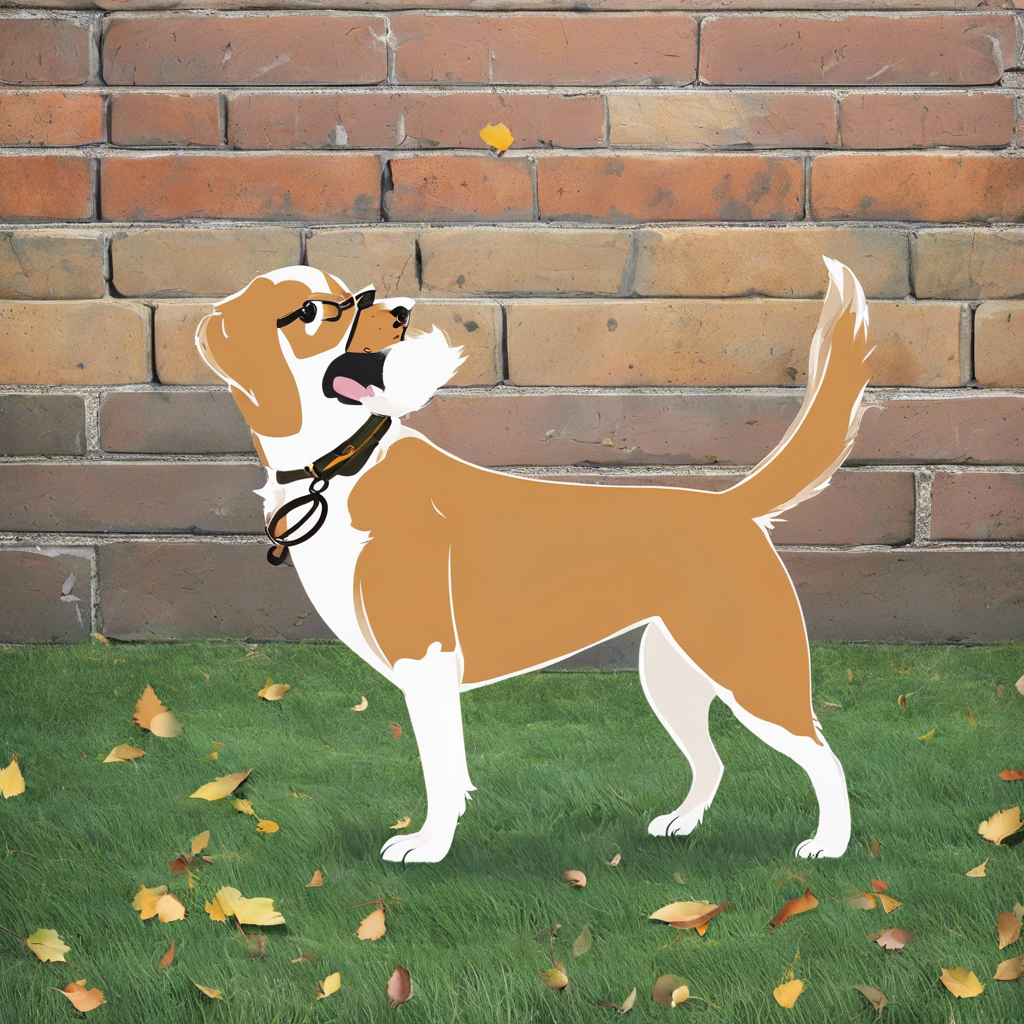Bringing a new furry friend into your home is an exciting time for pet parents, but it also comes with a unique set of challenges and responsibilities. One of the most important aspects of dog ownership is ensuring that your pup is well-trained and responsive to basic commands. Not only does this make day-to-day life with your dog easier and more enjoyable, but it also contributes to their overall safety and well-being.
So, what are the essential commands that every dog should know, and how can you teach them effectively? First and foremost, consistency and positive reinforcement are key. Dogs thrive on structure and routine, so incorporate training into your daily schedule and always use positive, reward-based methods. Keep training sessions short and engaging to hold their focus, and always end on a high note.
The classic ‘sit’ command is a great place to start. This simple instruction can be taught to dogs of all ages and is incredibly useful for a variety of situations, from preventing your pup from bolting out the door to encouraging polite behavior when meeting new people. Similarly, the ‘stay’ command builds on ‘sit’ and teaches your dog self-control and patience. It’s especially helpful when you need your dog to remain in one place for a period of time, such as when answering the door or during mealtimes.
Another crucial command is ‘come,’ which can help keep your dog safe in potentially dangerous situations. Teaching your dog to reliably respond to this cue can prevent them from running into traffic or getting lost during off-leash adventures. The ‘leave it’ command is also important, as it teaches your dog impulse control and can be used to prevent undesirable behaviors like counter surfing or picking up something harmful during walks.
Socialization and good manners are vital aspects of dog training. Teaching your dog to politely ‘greet’ people and other dogs will make walks and social outings more enjoyable for everyone involved. This includes making eye contact, sitting politely, and offering their paw instead of jumping up. It’s also essential to teach your dog how to ‘heel’ or walk nicely on a leash without pulling, allowing you both to explore the world together calmly and safely.
When it comes to potty training, the ‘go potty’ command is incredibly useful. This involves teaching your dog to associate the cue with the act of relieving themselves in an appropriate location, whether that’s outside or on a puppy pad. This command not only speeds up the potty training process but also gives you greater control over your dog’s bathroom breaks, reducing accidents in the house.
Additionally, it’s important to establish a calm and relaxed environment at home by teaching your dog the ‘quiet’ command. This is especially useful for dogs that tend to bark excessively, helping them understand that they don’t always need to vocalize their every thought. On the flip side, teaching your dog the ‘speak’ command can be beneficial in certain situations, such as alerting you to someone at the door or locating your dog in a search-and-rescue scenario.
To ensure your dog’s overall well-being, it’s crucial to teach them the ‘drop it’ or ‘release’ command. This is a safety measure to prevent your dog from swallowing something harmful, as well as a handy tool for retrieving objects they shouldn’t have. Lastly, the ‘trade’ or ‘swap’ command can encourage your dog to willingly give up something they have in exchange for a tasty treat, further promoting safe and desirable behaviors.
Remember, dog training is a lifelong journey, and it’s important to adapt your techniques to suit your dog’s unique personality and learning style. Be patient, consistent, and always set your dog up for success by providing clear instructions and positive reinforcement. With time and dedication, your furry friend will master these basic commands and develop into a well-mannered, obedient companion.
